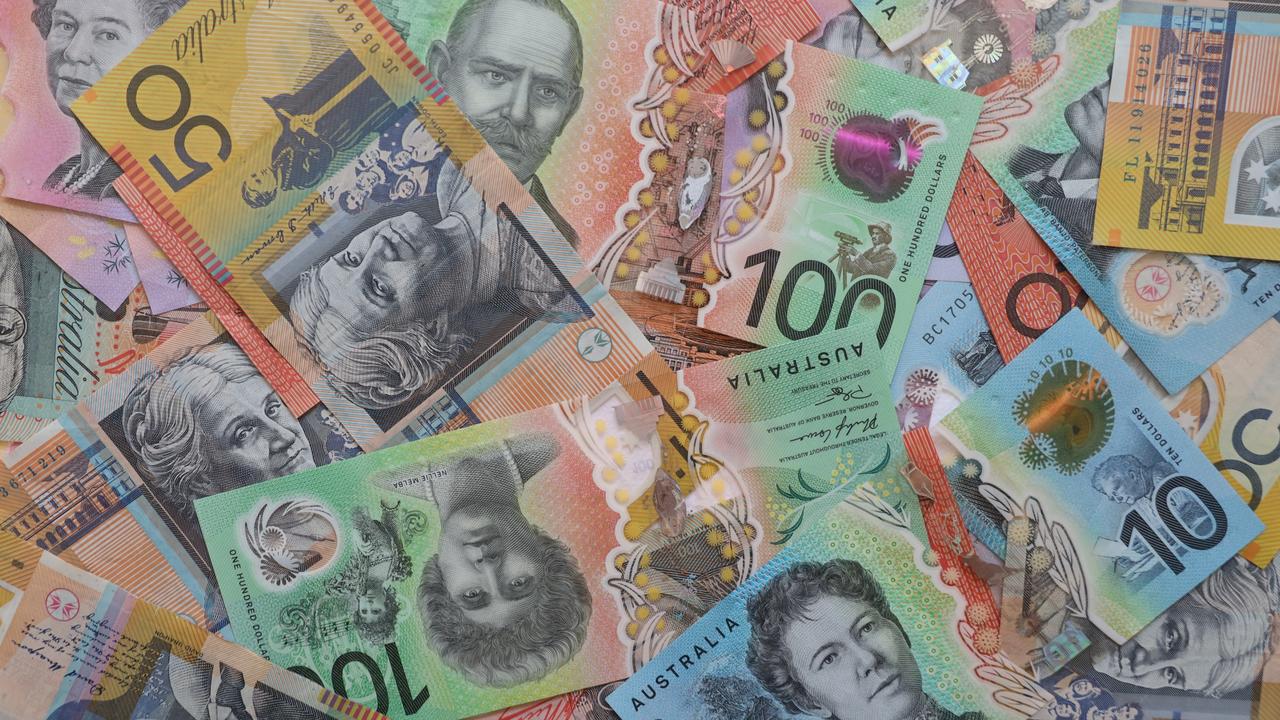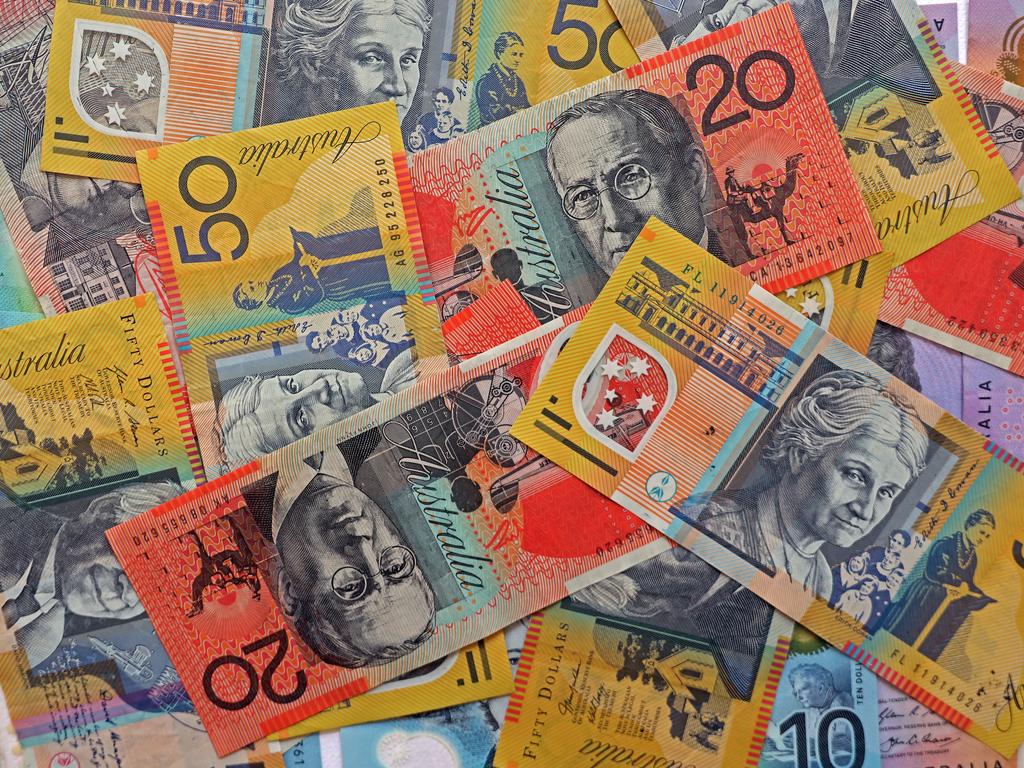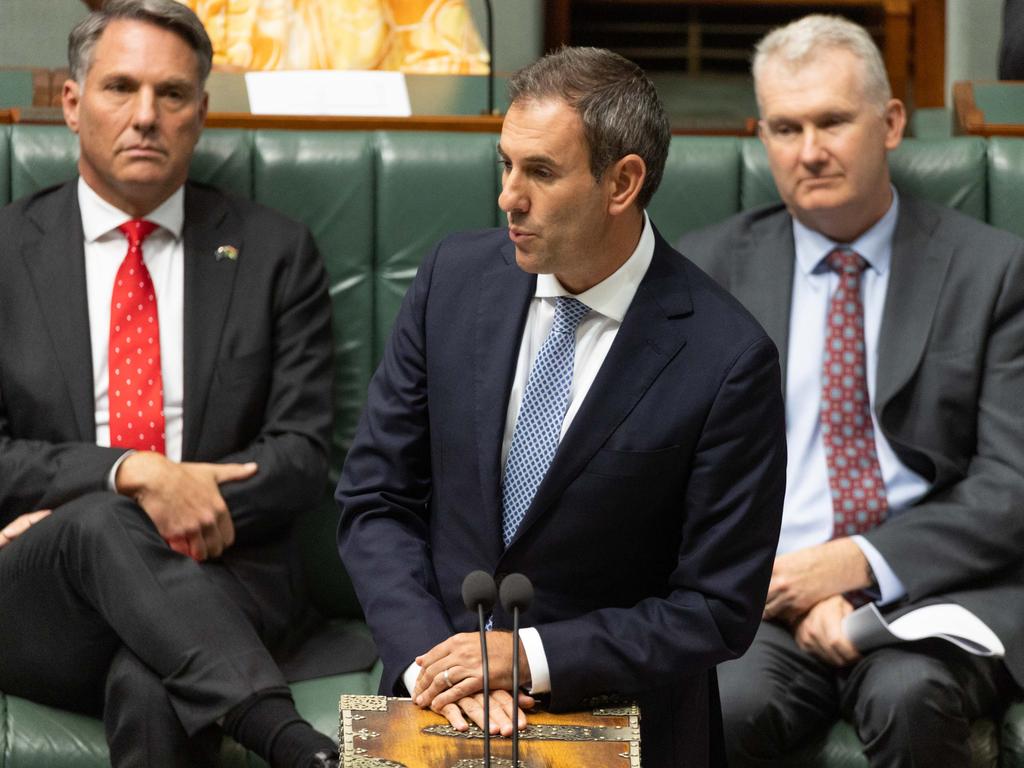Australian unemployment rate rises to 3.7 per cent
The nation’s unemployment rate has risen slightly as Australians brace themselves for more interest rate hikes.

The nation’s economy has shed 11,500 jobs but Australians hoping the Reserve Bank might ease off on raising interest rates are likely to be disappointed.
The nation’s official unemployment rate jumped unexpectedly to 3.7 per cent in January, according to data released on Thursday by the Australian Bureau of Statistics.
Economists were widely tipping the unemployment rate to hold steady at the 3.5 per cent recorded in December and some 20,000 jobs to be added to the market.
But there were more people out of work in January than usual.
The RBA will be keeping a close eye on the jobs data to see if there are signs the labour market is cooling and taking some of the pressure off wages growth, which can influence inflation.
BIS Oxford Economics head of macroeconomic forecasting Sean Langcake said the January data didn’t provide “any conclusive evidence of this”.
“But it is clear the market is tracking sideways, albeit in a very tight position,” he said.

The release of the jobs data comes a day after Reserve Bank governor Philip Lowe signalled more interest rate hikes are on the way in hawkish comments at senate estimates hearing.
Dr Lowe doubled down on the need to raise the cash rate — which is at 3.35 per cent, its highest in more than a decade — to drive down inflation, saying he was “unsure” how high interest rates would need to go.
ABS head of labour statistics Bjorn Jarvis said the unemployment rate rose by 0.2 per cent in January as the number of people in jobs fell by more than 11,000 and the number of unemployed people increased by about 22,000.
“This was the second consecutive monthly fall in seasonally adjusted employment but followed very strong growth during 2022,” he said.
However, Mr Jarvis noted January was the most seasonal time of the year in the Australian labour market, with people leaving jobs but also getting ready to start new jobs or return from leave.
“This January, we saw more people than usual with a job indicating they were starting or returning to work later in the month,” he said.

This means economists, who are still anticipating more interest rate hikes, will be expecting February’s jobs data to be at least slightly stronger.
ANZ senior economist Catherine Birch said she was still expecting another two interest rate rises in the next few months.
“Looking at some of the other data that has come through, household spending still looks pretty resilient during this time,” she told ABC News.
“We know from RBA Governor Philip Lowe‘s appearance in front of the Senate economics legislation committee yesterday, their real focus is on inflation. Inflation is too high and very broad based.”
Ms Birch said the ABS had conducted the labour force survey for January when a lot of people were still away on holidays, suggesting the unemployment rate was likely to rebound when the February figures were released.
“I wouldn’t be reading too much into this. I am still expecting the labour market is going to be continue to be quite strong,” she said.

The Australian Council of Social Services said the rise in unemployment demonstrated the RBA’s “rapid and drastic” interest rate rises were having an adverse impact on employment and should be paused.
“High inflation is a serious challenge and should be addressed, but we need a more nuanced approach that avoids pushing more people onto woefully inadequate income support,” ACOSS chief executive officer Cassandra Goldie said.
“Now is the time for the RBA to pause on interest rate rises and take stock while the government should curb inflation directly with better regulation of exorbitant rent and energy prices.
“And by strengthening the ACCC so that businesses can’t take advantage of price rises to lift their profit margins.”
The RBA has raised interest rates nine consecutive times since May last year from 0.1 per cent to 3.35 per cent in its mission to slow the economy and clamp down on inflation.
The bank and Treasury are both expecting inflation to have peaked near 8 per cent at the end of December.
The participation rate, which tracks the number of people in work or looking for it, fell from 66.8 per cent to 66.4 per cent in January.
Underemployment, which measures those who have jobs but are trying to get more hours, was steady at 6.1 per cent.
The participation rate eased to 66.5 per cent, from 66.6 per cent in the previous month.
Read related topics:Reserve Bank



